Dauphin’s Designer Celebrates The Brand’s Decade Milestone
Charlotte Dauphin shares what sparks her creativity and love of natural diamonds.
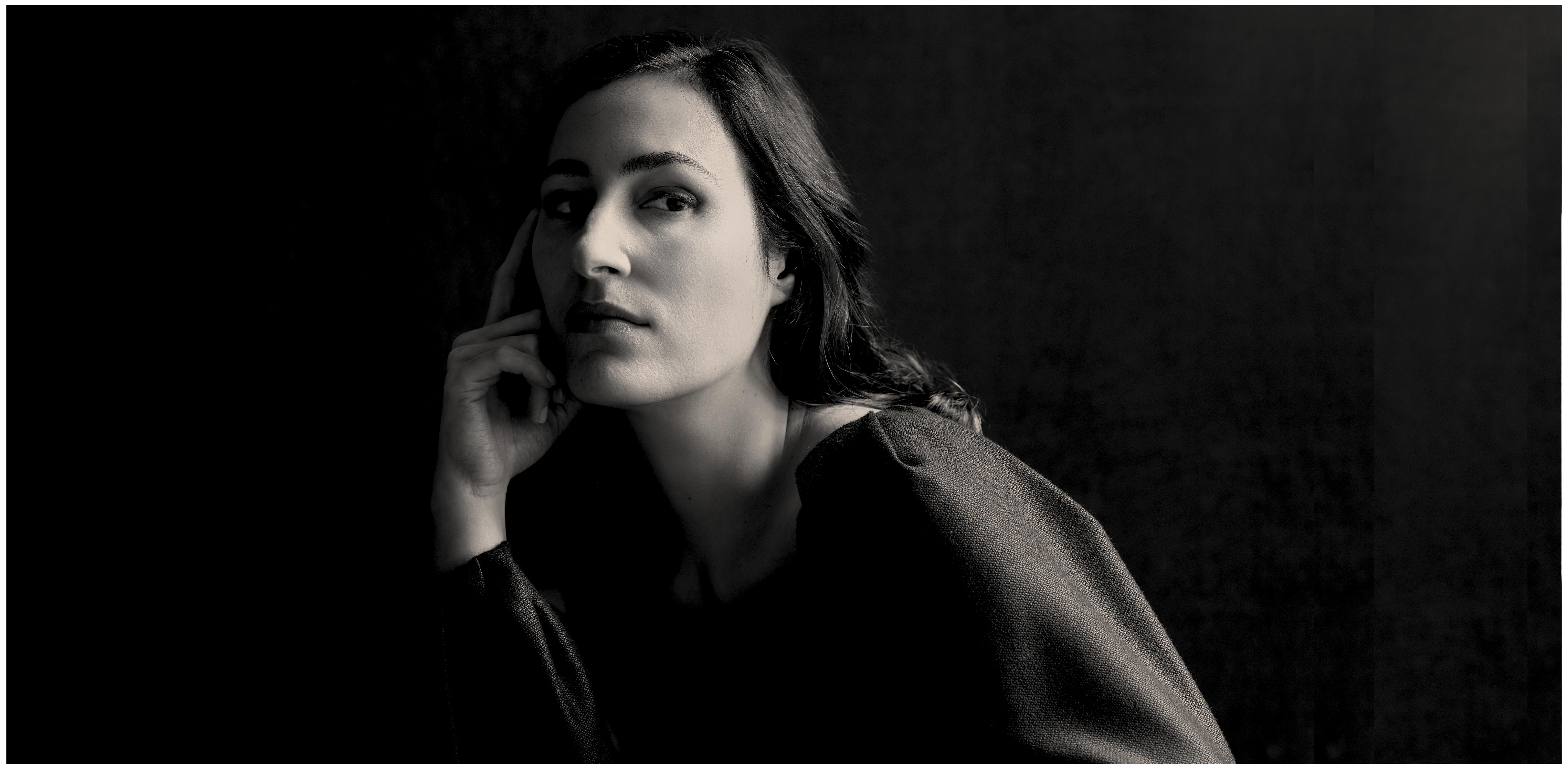
Interestingly, Renaissance Man, which could equally mean Renaissance Woman, is still heavily bandied about in today’s inclusive world. It’s also a phrase that describes Charlotte Dauphin, the Parisian-based jeweler and founder of Dauphin whose proclivities expand beyond her exquisite in-a-class-by-themselves pieces to architecture and filmmaking. Only Natural Diamonds spoke with Dauphin in her tenth year in business about her latest collection and the new space she is creating to rein in her creative outlets under one roof.
For Haute Joaillerie 6, Dauphin explored the idea of technology as applied to jewelry which is often still made in ateliers by métiers d’art using Old World techniques while also looking at her other mediums such as film, and proposing how imagery could become fine jewelry.
“It’s a conversation on the idea of the future of jewelry and asking if it works in conjunction with the future of technology,” said the designer noting this as a source of fascination.
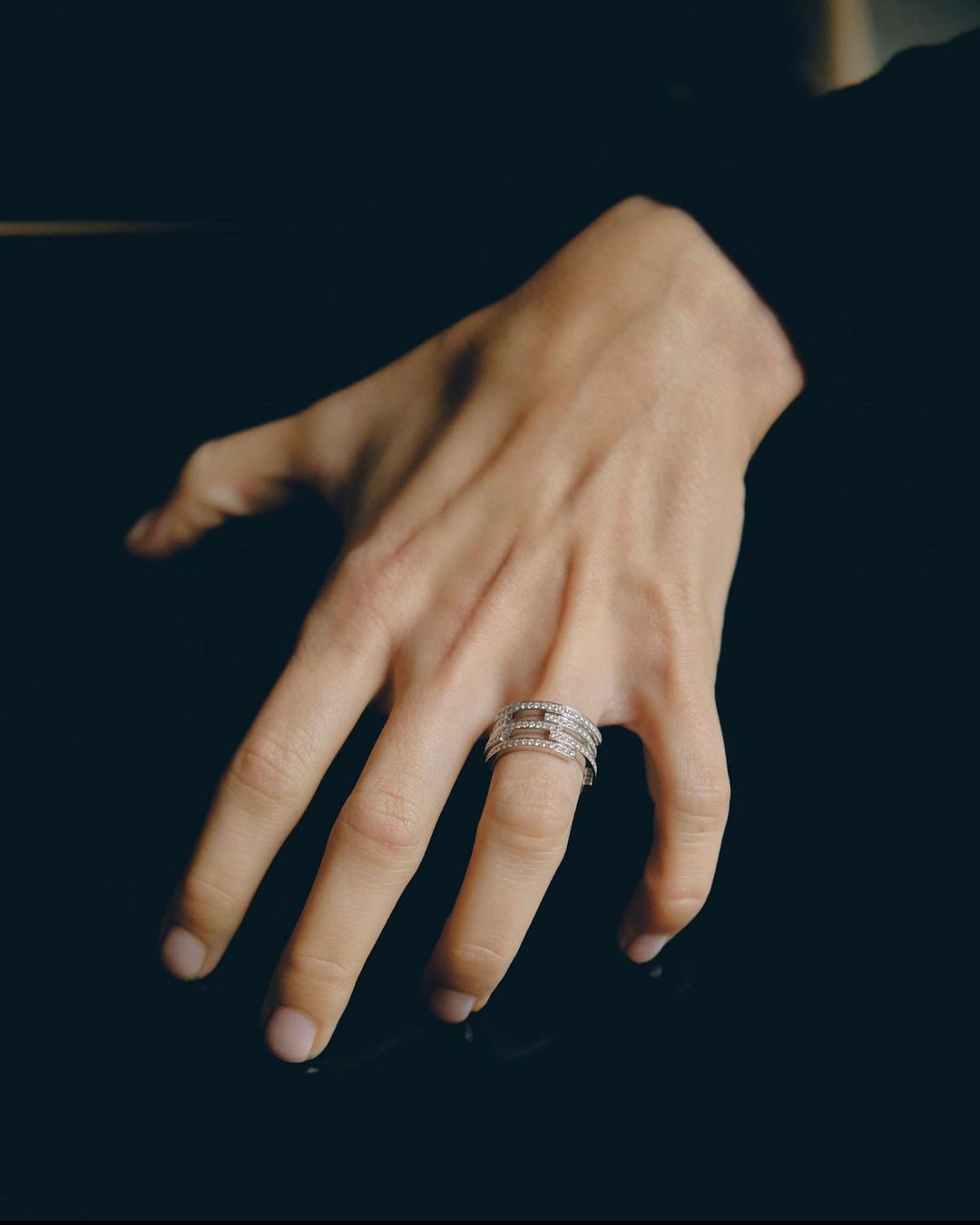
“How do you incorporate tech beyond a design or idea into jewelry made with conservative old-world methods? I don’t think we have achieved it yet; it’s an evolution of the technique, not a revolution,” she added noting her reverie for classicism.
“I’ve always worked with natural diamonds as it’s important to me to respect and nurture what nature offers. I find it interesting to push technical possibilities around the design but still use natural stones that the artisans work with, ” she said.
At first glance, the collection evokes a mood of 80s pop culture with hints of Memphis and New Wave. However, Dauphin looked more to Science Fiction films through a neon yellow enamel referenced typography used on film titles and promotional materials of the rad decade or a 90s Tarantino flick. “It’s rather futuristic and daring,” she admitted of the intense hue enamel not usually found in Place Vendome-worthy jewels but precisely the point. “It’s what the future of jewelry could look like,” she continued.
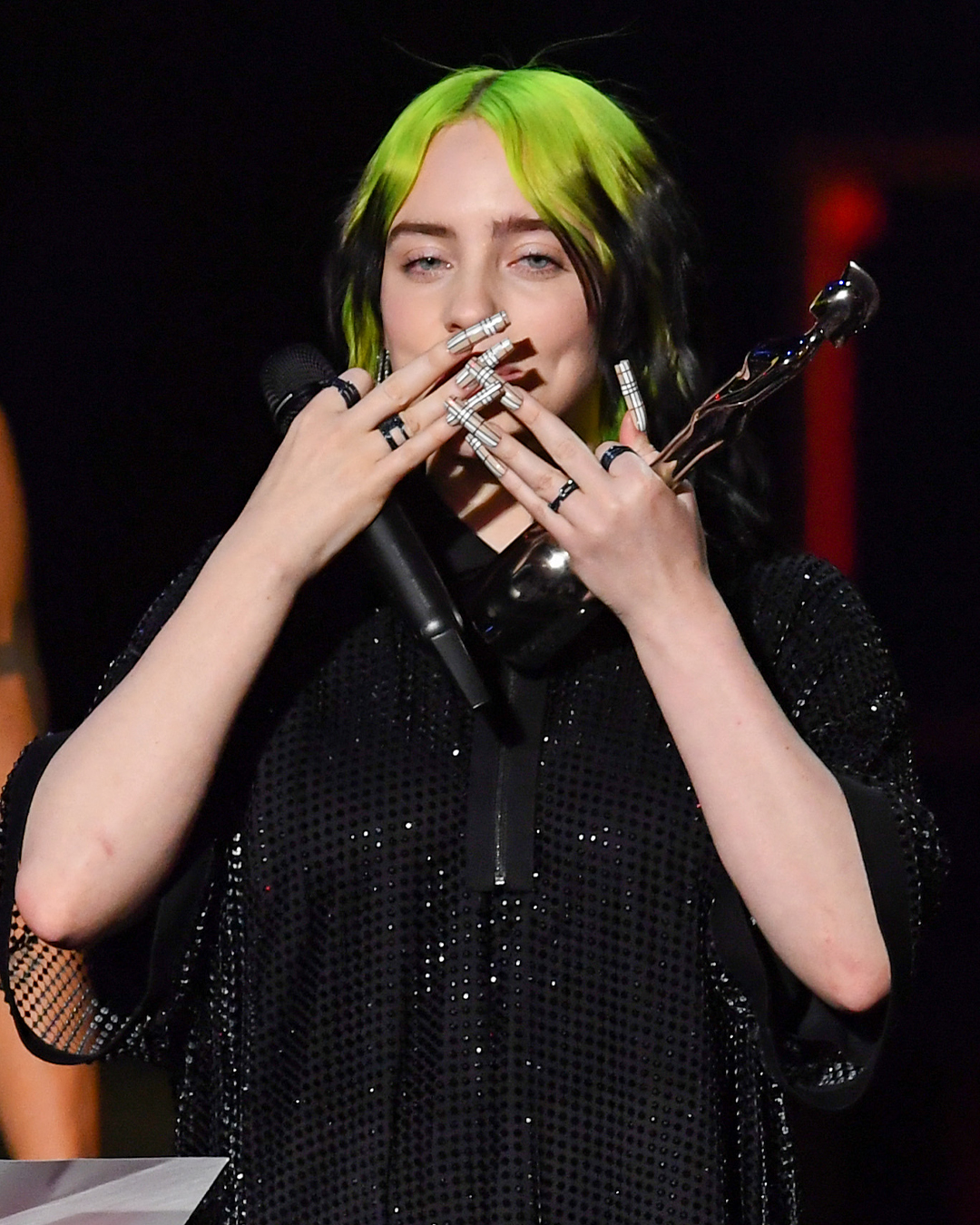
In this case, the Haute Joaillerie 6 drew upon an idea of diamond ‘waves’ in a former collection with a drapey, mesh-like effect. Dauphin expanded the concept into wide cuffs made from ruby and black and white diamond pavé paired with enamel detail for a fabric-like feel. Their resemblance to pixelation gives the sense of an image trying to break through and come into focus. Another interpretation surrounded a center stone on wide band rings. The effect of the myriad of tiny stones gave it a pixelated look.
“It reminded me of a screen, so I thought about images. Jewelry can be architecturally informed but also project imagery not just in an Art-Deco way but in a technological way,” she offered. This concept was born out of a 2015 project with a group of light installation artists from Random International, a collaborative contemporary art studio, that took place at Palais de Tokyo in Paris. “The installation had these tubes and LED lights; we made a huge billboard. The effect was like these images trying to appear, but they were retained and almost imprisoned in the static physicality of the pieces. Another project in 2016 with Serpentine Gallery explored the idea of printing an image on jewelry, which is where enamel figures into the concept.
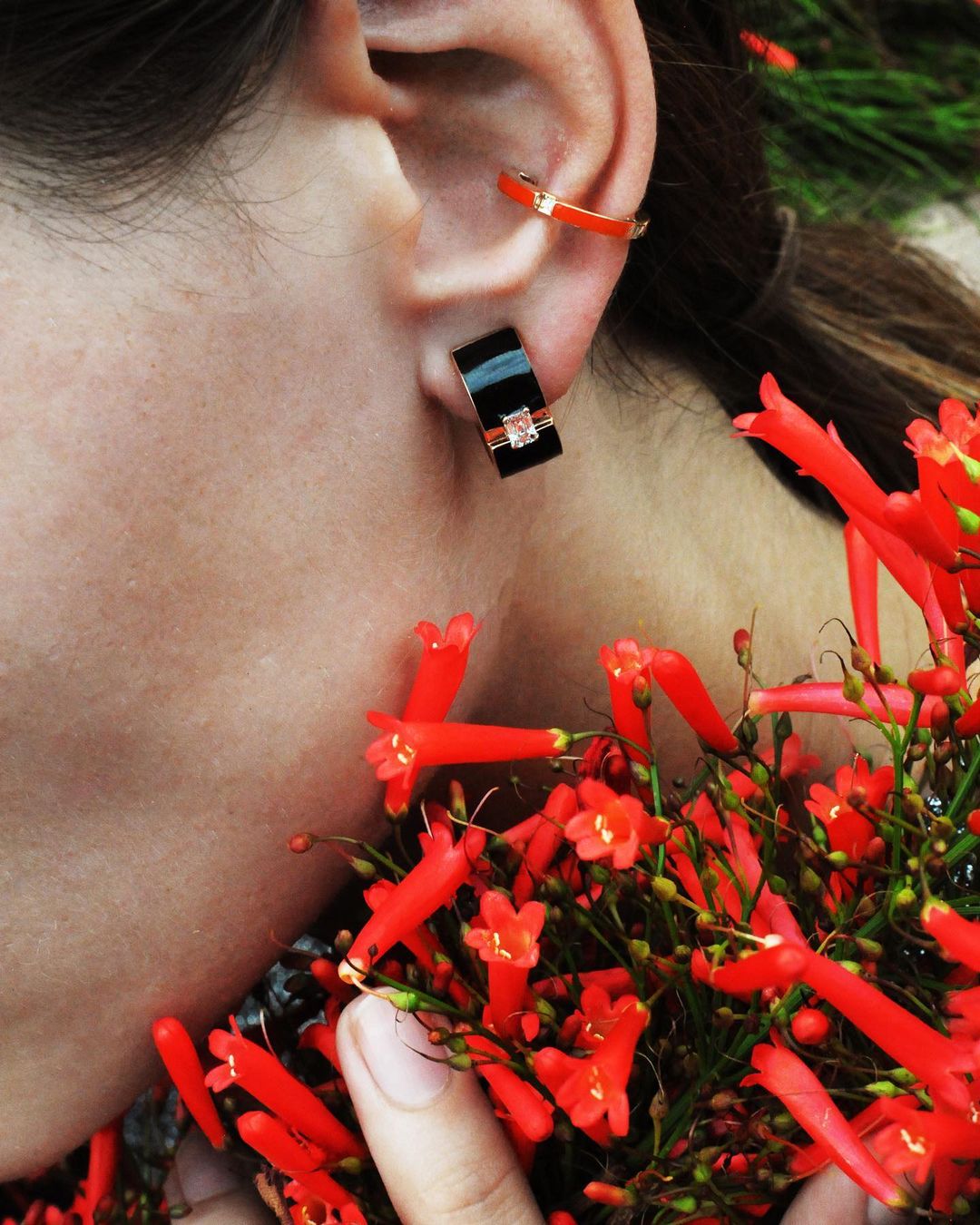
Imagery works back to Dauphin’s work as a filmmaker, which was inspired by film noir. “It created a dialogue between the two disciplines that brought me back to this ancient mode of expression, jewelry. Going through film, technology, and lighting brought me back to jewelry. I traveled through those disciplines to go back to that,” she explained.
Just before the global pandemic, Dauphin released a feature film L’Autre (aka The Other), a somber, moody film about a dancer mourning the death of her father whose grief is soothed via a love affair with a photographer who took the last portrait of her father.
The images of the Italian photographer Paolo Roversi, who collaborated with Dauphin previously on a book featuring Guinevere Van Seenus, are used in the film. While not about jewelry, the film featured her jewelry designs and informed work to come.
“Films take me back to approaching jewelry in a more cinematic way, meaning creating movement and a narrative within an abstraction. It resonated with the jewelry work, the idea of the pixel, and how you can introduce the image in jewelry,” she continued adding that a second film was in the works.
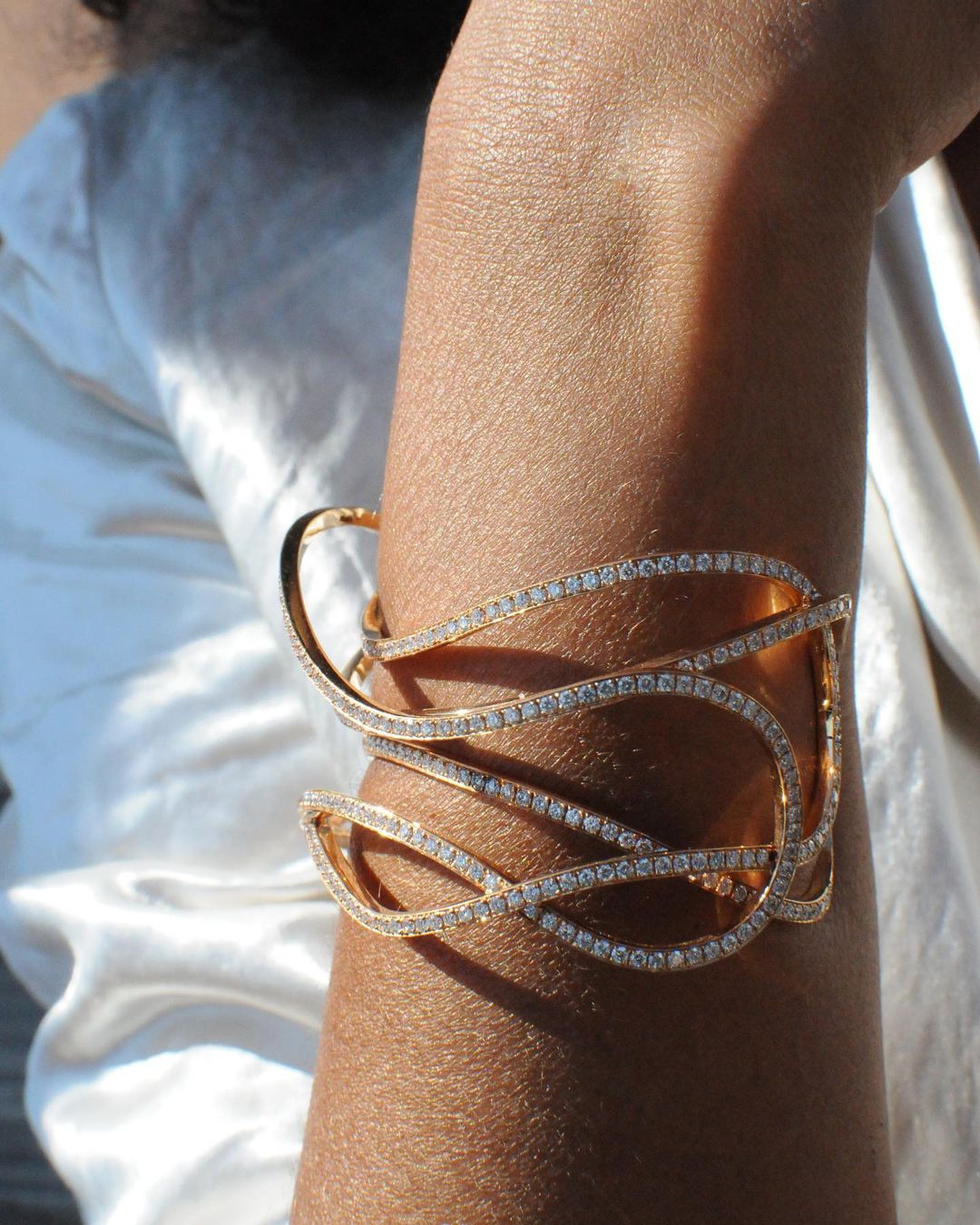
Architecture is also a big part of the designer’s work for Dauphin. To wit, her director of the creative studio is an architect. She is building a new creative space, which will be housed on the top and ground floor in the Dauphin family’s hotel particulier in Paris’ 8th arrondissement.
A former horse stable in a back courtyard will also figure into the space, including a studio to create various works in multiple disciplines and an exhibition space where she plans to invite other artists to exhibit. The new space should be completed by the end of the year.
“It’s a classic French building, but we are creating a clean, futuristic space. It will be an interesting way to experience the jewelry in our new space with all the disciplines dialoguing. It will show a more creative part of the brand,” said Dauphin.
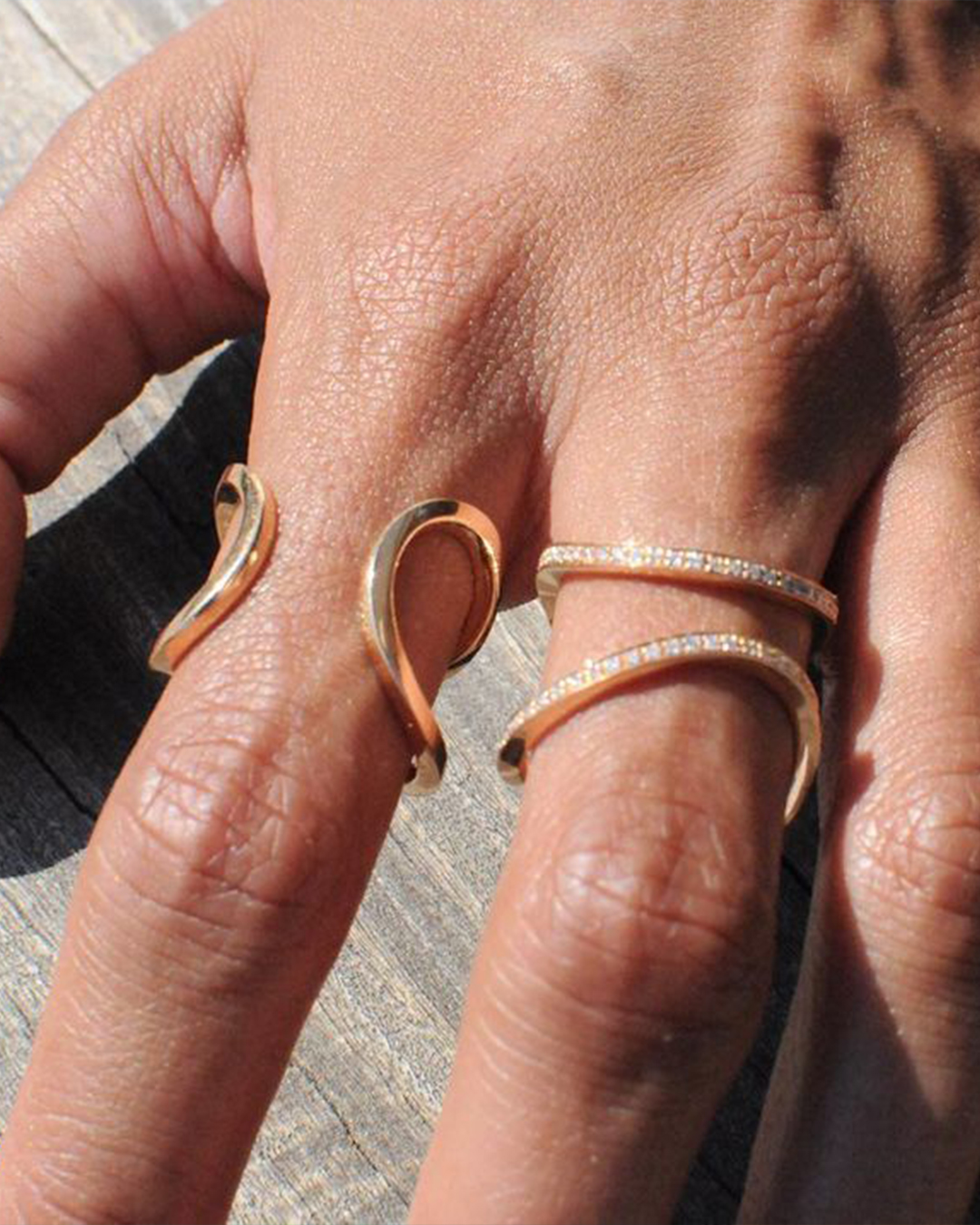
As she celebrates her 10th anniversary, a fresh space for a creative reset for the subsequent decade-plus work also comes when Dauphin feels comfortable in her unique point of view and its practical application to her brand.
“Initially, I started with the idea of a tabula rasa, which you must accept isn’t always possible. This creative box for my visual language to dialogue with the environment is a fresh start,” she proffered, adding, “It’s not a bubble; it evolved into something richer, not formal but fundamental. When you start, you don’t always know what you want to say or where to go. Now it feels more confident and freer with maturity. As a young artist, you just create, but now I have cracked my DNA code.” Sort of like the pixelated pavé cracking a code revealing an image, however abstract or figurative. For Dauphin, challenging the limits of a medium is forever her artistic fodder.
